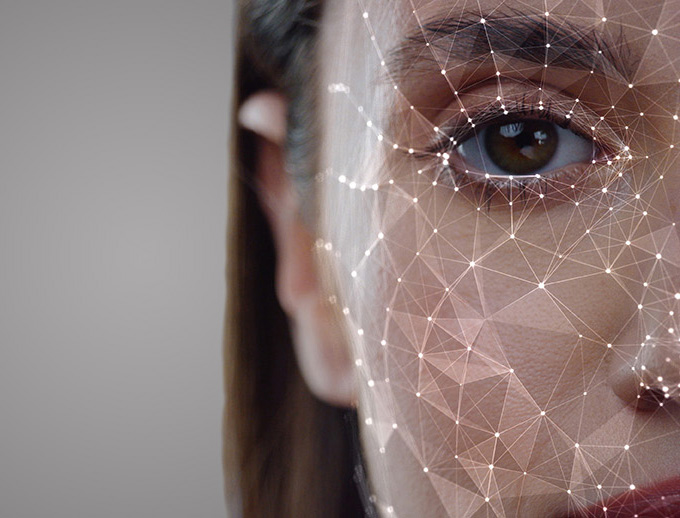Stop using them.
Integrated access management solutions that increase efficiency and improve security

Enterprise Access Management
Fast, secure, badge-tap access to workstations, virtual desktops, and both legacy and standards-based applications.

Mobile Access Management
Enable the security, control, and optimization of shared devices at scale

Mobile Device Access
Mobile Access and Control that enables secure, real-time access to shared Android devices and apps at scale

Access Compliance
Risk analytics for PHI access and medication workflows to protect patient privacy and minimize drug diversion


Patient Access
Improve patient safety and experience with Imprivata’s new facial recognition technology

Tired of passwords?
Embrace a new era in healthcare with passwordless authentication! This whitepaper details how to boost security, streamline workflows, and enhance patient care. Discover the essential steps and significant advantages of going passwordless.

Secure, flexible mobile workflows
Simple and secure access drives shared mobile device initiatives by bolstering security and ensuring an efficient user experience.

Reduce burnout and improve care
Eliminating repetitive manual processes enabled CHRISTUS Health to reduce clinical authentication time by 70%, equaling approximately $3.2 million in annual value.

Driving innovation and interoperability
Imprivata ensures the highest level of security and fast workflows for authorized users. Discover recently released features and future items in our product roadmaps.




